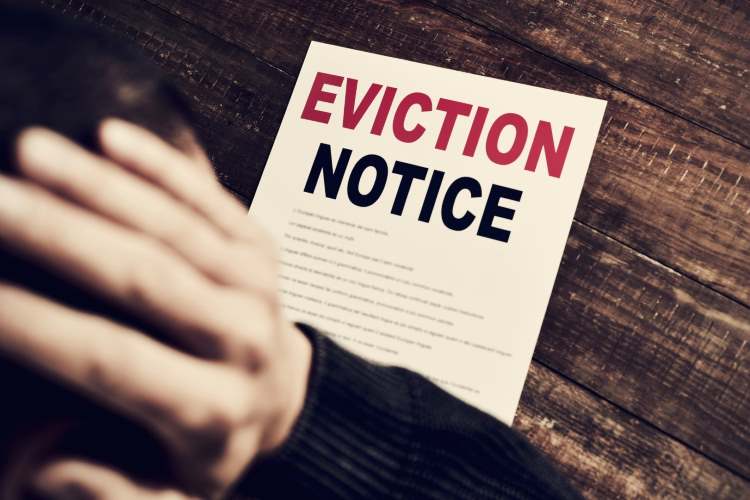As a landlord, you want to rent your apartments to responsible tenants. But what happens when you find the tenant isn’t the ideal renter after all?
If your tenant is failing to pay rent on time, you might have grounds for evicting the tenant. It’s not as easy as you might think, though. You need to follow certain processes with the courts.
Want to know how to reduce tenant evictions? Keep reading to learn all about the eviction process and ways to reduce an eviction.
1. Screen Potential Tenants
Screening potential tenants is an important tool for landlords to use. It ensures they cut tenant evictions. The process should include gathering basic, allowable information. This includes credit history, rental, and employment history, and criminal background checks.
Doing this work before signing a lease can save a landlord thousands of dollars. Extra protective measures can be taken, like requiring an upfront security deposit.
2. Communicate Expectations
Landlords should always be explicit when communicating expectations with potential and current tenants. This can be done by providing a thorough but concise lease agreement that outlines the rules and regulations of the property and clearly states actions that can result in eviction.
Landlords should be proactive in visiting the property and speaking with tenants about any concerns or issues they may have to address them in a timely fashion. It is important for landlords to provide the necessary support and resources for tenants to be successful.
3. Create a Legally Sound Lease Agreement
A good lease spells out the rules and requirements of renting. This includes the length of the lease, the price of the rental property, and the tenant’s unique duties and rights as a renter. It should also say how to deal with late payments, how much the security deposit is, and what local laws the renter needs to follow.
A lease is a legal contract between the landlord and the tenant, and both sides should sign it. By making a lease agreement that is legal, landlords can avoid evictions caused by misunderstandings of openly agreed-upon terms or problems caused by leases that are too old.
4. Outline the Rules and Responsibilities of Both Parties
Landlords should ensure that rental agreements clearly outline the rules and responsibilities of each party. Landlords should also be aware of property management obligations under state and federal law.
Tenants should also know what their rights and responsibilities are. They should understand the consequences of not meeting their obligations. Both parties should also strive to communicate with each other effectively to ensure that all rental obligations are fulfilled.
5. Provide Evidence of Upkeep for the Property
Regular inspections will help to prevent issues from arising. It also enables the landlord to identify and address any repair needs before they become larger problems.
Landlords should be open to listening to tenant requests. This could include estimates and repairs and should allow a reasonable time period for maintenance and repair turnaround.
Develop Tactics and Prevent Tenant Evictions Today
Landlords who use healthy tenant selection processes, have open lines of communication, and develop cooperative tactics can successfully balance the needs of both landlord and tenant.
The key takeaway here is that communication is of the utmost importance in preventing tenant evictions. Act now! Implement strong tenant procedures and promote productive discussions to reduce the likelihood of eviction. If you find this article useful, then browse our blog for more reads like this!
Read More: 5 Legal Supplies Every Law Office Needs

